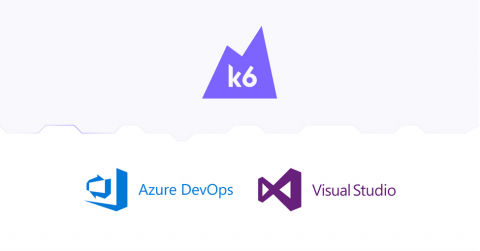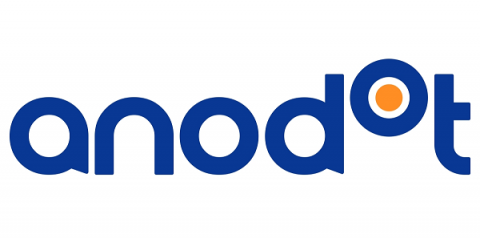Systems | Development | Analytics | API | Testing
%term
Introduction to Talend Data Inventory
Zephyr for Jira Update: Enhanced Traceability Matrix
Global supply chains: How Maersk is connecting & simplifying the world's movement of trade with APIs
15 SEO Metrics That You Should Be Tracking On A Daily Basis
New: Create Reusable Templates in Databox & Save Hours on Client Reports
k6 as alternative to Azure load testing and Visual Studio load test
At the end of 2018, Microsoft stated that Visual Studio 2019 is the last version with load testing features. A few months later they formally announced that Azure load testing is closing down on March 31st, 2020. This announcement came as a bomb to the community. But for those who follow this market, the news was not a complete surprise.
Now's the Time to Perfect Your Customer Experience
As the COVID-19 outbreak progressively impacts the world, many companies are grappling with the strain. It’s a very uncertain time for business right now. Even with so many factors out of your control, but there are a few things you can do proactively to protect your business. Keep your customers happy. Do everything you can to provide the best customer experience and remedy leaks early.
What Is a Requirement Traceability Matrix?
When developing software applications, we want to make sure the application does what the software requirements say it’s supposed to do, and testing proves that it does. In this article, I’ll explore how to link requirements to test cases, and I’ll explain what a requirement traceability matrix is and how to build a simple one.
Optimize Your Testing Efforts for Continuous Delivery
In these tough times, the well-being of customers and employees is the most important for every organization. During this unexpected crisis, there are teams working from home while there are few workplaces that have reduced workforce. It is a given that the thoughts, efficiency and availability of your team will not be the same as you may expect otherwise. In these conditions, it is vital that the robustness of your software is not compromised.











